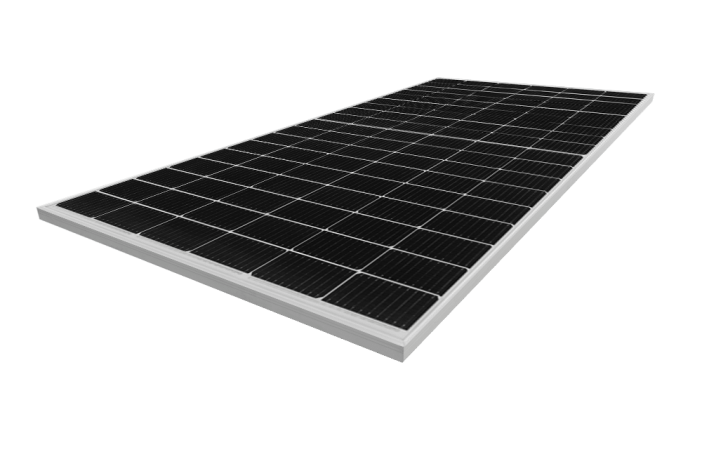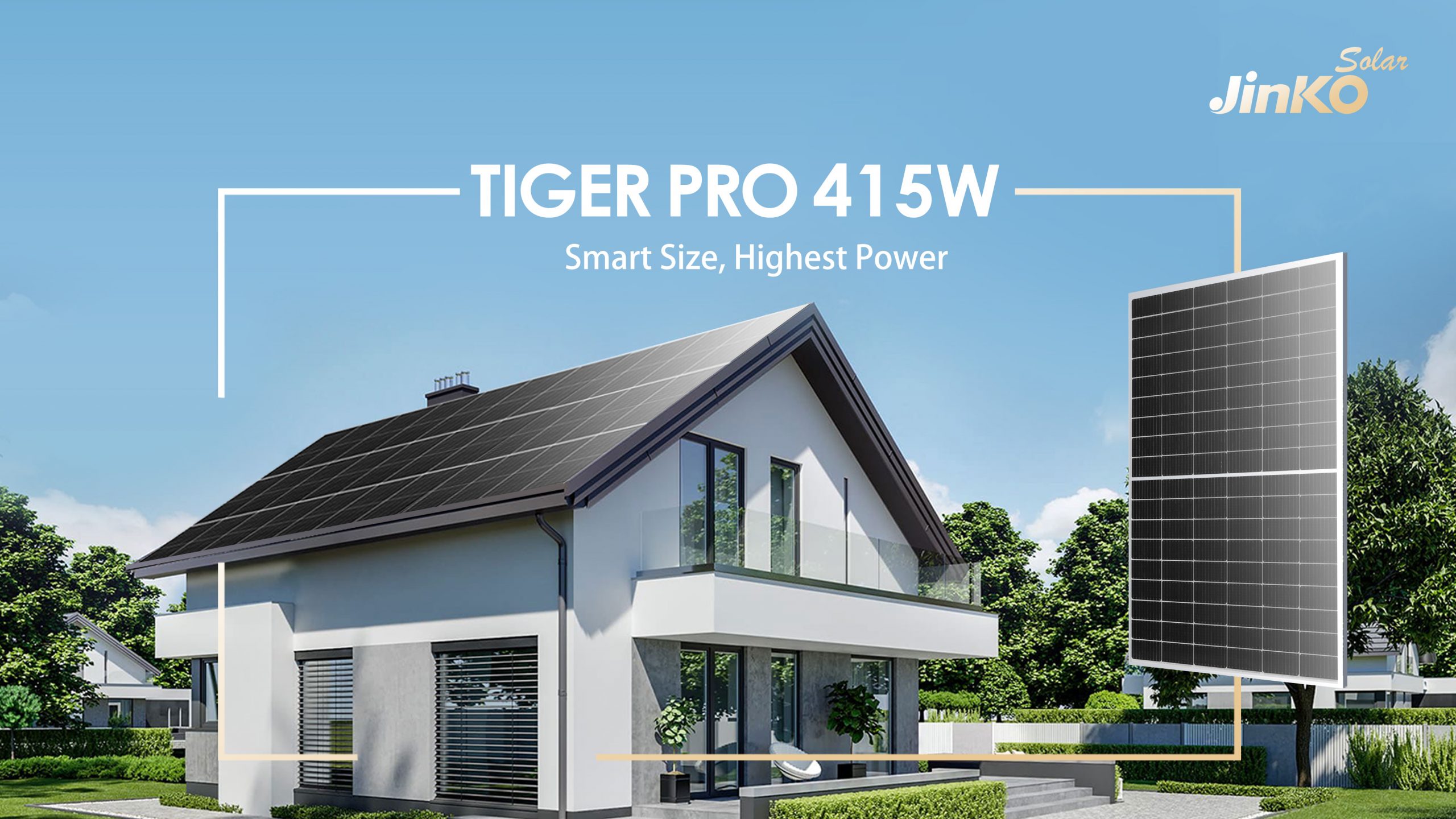- Increasing demands of the distributed generation market require unique solutions, both for commercial and residential customers.
- Meeting these is challenging when many PV modules aren’t compatible with the inverters, components, and mounting systems on the market.
- JinkoSolar Europe recently demonstrated how it is possible to take customer and developer considerations into account when designing products. In the following interview with pv magazine, Roberto Murgioni, Head of Technical Service & Product Management, discusses the company’s new Tiger Pro 415W high-efficiency module, and explains how stakeholders’ needs have been placed at the core of the design.
pv magazine: What is the demand situation and market potential (expected market size, quantities, market share) of your product?
Roberto Murgioni, Head of Technical Service & Product Management, JinkoSolar Europe
Global distributed generation (DG) market demands will increase rapidly with a compound annual growth rate (CAGR) of 9.81% between 2020 and 2024. The Tiger Pro 54 HC solar module is a high-end solution for residential and commercial and industrial (C&I) PV rooftop owners. For the residential market, the investment is relatively small and return on investment can be already visible with lower balance of system (BOS) costs or state subsidies. For C&I projects, higher energy conservation and emission reductions, which ultimately drive lower levelized costs of electricity, are among the key benefits. From an aesthetics perspective, the 54 cells all black versions also make it much more attractive to install on rooftops and to meet architectural requirements, as well as customers’ needs.
What is the cost benefit compared to other solutions?
The Tiger pro 54 HC provides a significant enhancement of our 10BB and TR technology and offers customers a highly competitive performance-to-cost advantage product. The solar module can generate a more than 2% BOS cost reduction. The cost benefit can also be seen in easier transportation and faster installation processes. Moreover, the developed combination in design and efficiency reduces the payback time of residential/commercial PV plants from 12 to nine months.
Have the linear and product warranties been updated for the Tiger Pro 54 solar modules?
Gallium-doping technology has been used in the Tiger Pro 54 HC solar module series to avoid the degradation associated with the boron oxygen complexes, so that the quality assurance was updated. The standard quality assurance for our monofacial modules is 2%/0.55% degradation, and for bifacial modules, 2%/0.45%. Our product warranty has been also updated and improved to 15 years.
What are the solar module’s dimensions? Can we use the short side clamping method for PV rooftop mounting systems?
The module length is around 1.7 m, the width around 1.1 m, and the weight is 22 kg, making it both portable and convenient for safe installation. The Tiger Pro 54 frame design has been also optimized by increasing the internal cavity to distribute the mechanical stress uniformly. This makes the module compatible with the most standard mounting systems including short side clamping.
The background behind this choice is the result of a distribution market analysis we carried out in 2020. We conducted specific surveys around the EU by contacting our main distributors and installers to better understand their needs. This product targets the distribution market, especially the PV rooftop segment. Listening to customers and considering the safety handling of the modules on rooftops, we redesigned the module size around the human dimensions. With 54 solar cells we are able to provide an optimal balance between size, power, and efficiency.
Is there an advantage to using larger wafers with a reduced number of cells compared to smaller wafers and a higher number of cells in the “small module”?
Yes, by using M10 cells instead of the M6 standard we can decrease the solar cell gaps and increase the module efficiency. In conclusion, a higher power output and more energy yield are guaranteed by using less surface.
It is a high-density module, meaning the cells are very close together. What technology have you chosen to realize this high density and what is the advantage compared to other technologies?
We use 182 mm high-efficiency solar cells and normal HC- technology. The advantage of the mix of these technologies is that they are state of the art, mature, and highly reliable.
From our understanding, you have also focused on developing the ribbon technology. What did you innovate and what are the benefits?
We developed circular ribbon technology and applied it to our PV module portfolio. This type of ribbon improves the light utilization rate inside of the solar cells. The two main advantages are: (i) Improved total reflection of oblique light; and (ii) Improved absorption of the reflected light.
This interview was originally published in pv magazine and is republished with permission.

















